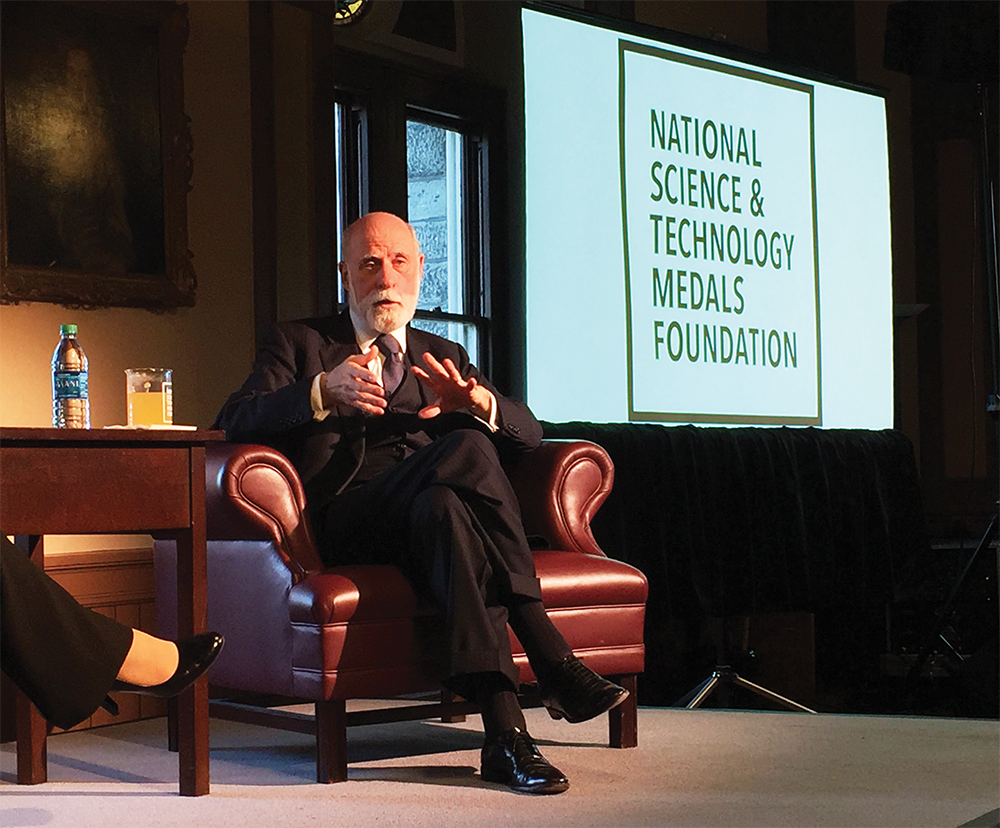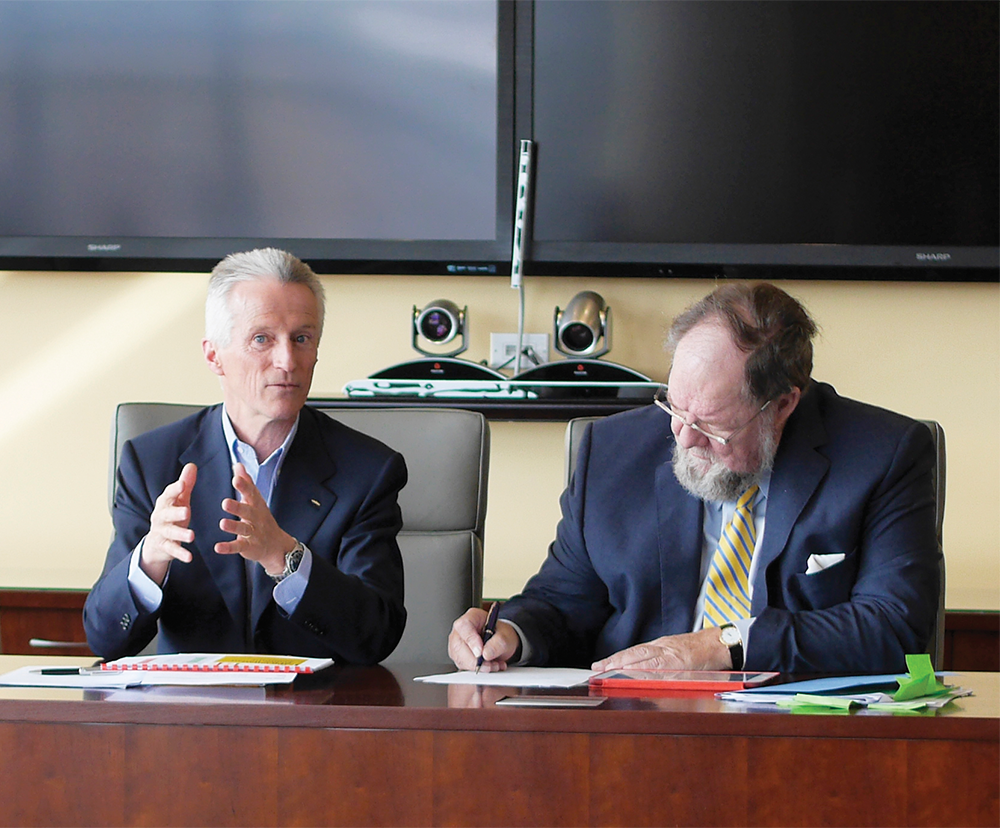Brazil and South Africa all stood to benefit from the immense expansion of infrastructure that came with hosting the World Cup. In Brazil and South Africa there was an increase in gross domestic product following the competition. Qatar, which is slated to host the next World Cup, there is a similar expected boost in GDP. However, hosting massive sporting events may have a negative impact on the the sustainability and return on economic investments for local populations and governments.
The argument for having developing or middle-income economies host the World Cup largely rests upon the idea that the World Cup will generate healthy spending and lasting GDP increases. This will pull the country further into the community of nations, encourage investment and enhance national pride.
Hosting the World Cup can cause a GDP increase from the extra income given to the construction sector, but given the nature of the construction industry, tourism industry and services sector, the benefits from this are distributed unequally.
There is a disproportionate number of tenders awarded to international firms versus local firms. This is because local firms rarely have the capacity or experience to build huge stadiums and hotels, direct millions of tourists or provide, let alone build, the services for mega-events. This means international firms from developed countries that have the experience, capacity and market intelligence on projects of this scope and scale get the first bid.
Like the private sector, the underdeveloped public sector is often overwhelmed by the financial size of the World Cup. Governments find it difficult to impossible to pay for these projects without taking billions of dollars to finance with debt. Spending on this scale is extravagant for a developing country, such as South Africa, which still has underdeveloped labor markets, public safety and sanitation, education and systematic financial inequities. These issues can only be worsened by increased debt caused by hosting these sporting events.
Developing countries still take on this debt because they want to show that they belong in the elite club of nations, which have already built the capacity throughout the 20th century to host these mega-events and, as a result, do not have to undergo fixed-cost expenditure. Even when developed countries do take on the fixed costs of hosting a mega-event, they have markets that generate post-event demand and can integrate the new infrastructure into the economy.
On the other hand, developing countries struggle to incorporate their newly built superfluous infrastructure into their small, underpaying demand. There are many striking examples. The Nelson Mandela Bay Stadium in Port Elizabeth, South Africa, on which the government spent millions, is a particularly poignant one. Counter to the hopes and dreams of both Port Elizabeth residents and the South African government, it has done little to nothing to improve living conditions even a few city blocks around it. This underused, unintegrated facility stands as an example of how hosting mega-events is a one-hit high for developing countries.
Presently, Qatar is in the throes of World Cup spending euphoria. The country hopes to use the GDP growth from the increased World Cup spending to compensate for the recent years’ drop in oil revenue and slow economic growth. The country also hopes to preserve its reputation as the most progressive and forward-thinking of the Gulf states.
However, Qatar will soon learn that hosting the World Cup comes with its own array of market setbacks. According to the Financial Times, Qatari businesses are already complaining that all the “large World Cup-related contracts are going to foreign contractors crowding out local companies and having limited impact on the domestic economy.” The Qatari government is also doing all that it can to sustain expenditure, and has borrowed $17 billion internationally and domestically.
But all this is expected. The World Cup is no free kick and its the beautiful economic landscape merely a desert mirage? No doubt, the new infrastructure will boost GDP temporarily but the question remains on how will Qatar integrate this new infrastructure into their economy.
Mercy Radithupa is a sophomore in the McDonough School of Business. BUSINESS OUTSIDER appears every other Friday.













